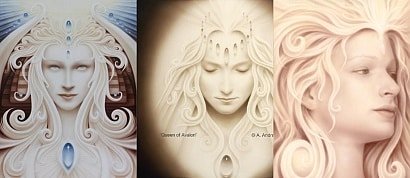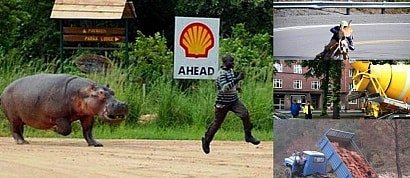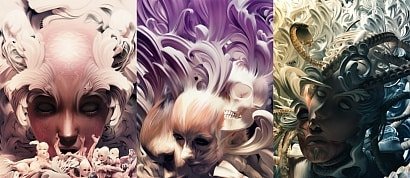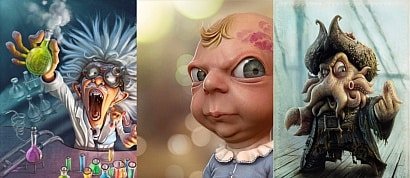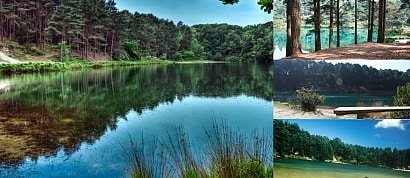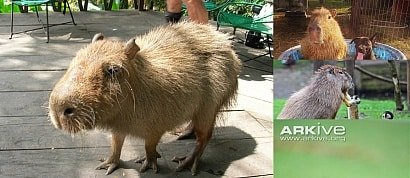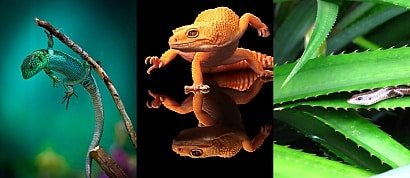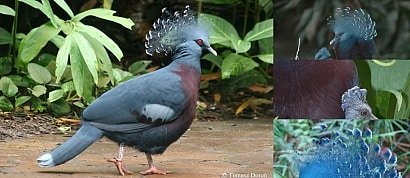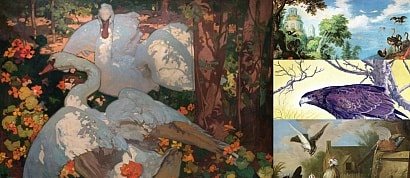A list of my favorite images of platypuses.
en.wikipedia.org/wiki/Platypus
The Platypus (Ornithorhynchus anatinus), also known as the Duck-billed Platypus, is a semiaquatic egg-laying mammal endemic to eastern Australia, including Tasmania.
Together with the four species of echidna, it is one of the five extant species of monotremes, the only mammals that lay eggs instead of giving birth. It is the sole living representative of its family (Ornithorhynchidae) and genus (Ornithorhynchus), though a number of related species have been found in the fossil record.
The unusual appearance of this egg-laying, duck-billed, beaver-tailed, otter-footed mammal baffled European naturalists when they first encountered it, with some considering it an elaborate hoax.
The body and the broad, flat tail of the platypus are covered with dense, brown fur that traps a layer of insulating air to keep the animal warm. The fur is waterproof, and the texture is akin to that of a mole. The platypus uses its tail for storage of fat reserves. It has webbed feet and a large, rubbery snout; these features appear closer to those of a duck than to those of any known mammal.
The webbing is more significant on the front feet and is folded back when walking on land. It has a reptilian gait, with the legs on the sides of the body, rather than underneath. When on land, it engages in knuckle-walking on its front feet, to protect the webbing between the toes.
Unlike a bird's beak (in which the upper and lower parts separate to reveal the mouth), the snout of the platypus is a sensory organ with the mouth on the underside. The nostrils are located on the dorsal surface of the snout, while the eyes and ears are located in a groove set just back from it; this groove is closed when swimming. Platypuses have been heard to emit a low growl when disturbed and a range of other vocalizations have been reported in captive specimens.
Weight varies considerably from 0.7 to 2.4 kg (1.5 to 5.3 lb), with males being larger than females; males average 50 cm (20 in) in total length, while females average 43 cm (17 in), with substantial variation in average size from one region to another.
It is one of the few venomous mammals, the male platypus having a spur on the hind foot that delivers a venom capable of causing severe pain to humans.
Until the early 20th century, it was hunted for its fur, but it is now protected throughout its range. Although captive breeding programs have had only limited success and the platypus is vulnerable to the effects of pollution, it is not under any immediate threat.
The unique features of the platypus make it an important subject in the study of evolutionary biology and a recognisable and iconic symbol of Australia.
Added to
People who voted for this also voted for
Andrew Gonzales - 2
Poland in the Eurovision Song Contest
Polish Classics - Polonez
Vanessa Redgrave - Favorite Movies
Firefighting movies
Anautix' favourite Classic European Actors
Polish Classics - Warszawa
Polish cities
Oops, Part 5; A Bad Day...
"La Domenica del Corriere"_15
Jean-Pierre Dardenne,Luc Dardenne - movies
Ernest Hemingway in Movies
Alfonso Elola
Tiago Hoisel
Anautix' TV-Series Diary 2014
More lists from kathy
Favorite Images of Red Pandas
Favorite Images of Dogs & Puppies #10
Favorite Images of Blue Pool
Favorite Images of Capybaras #1
My Reptile Collection
Favorite Images of Pigeons & Doves
Favorite Paintings of Birds
 Login
Login






















